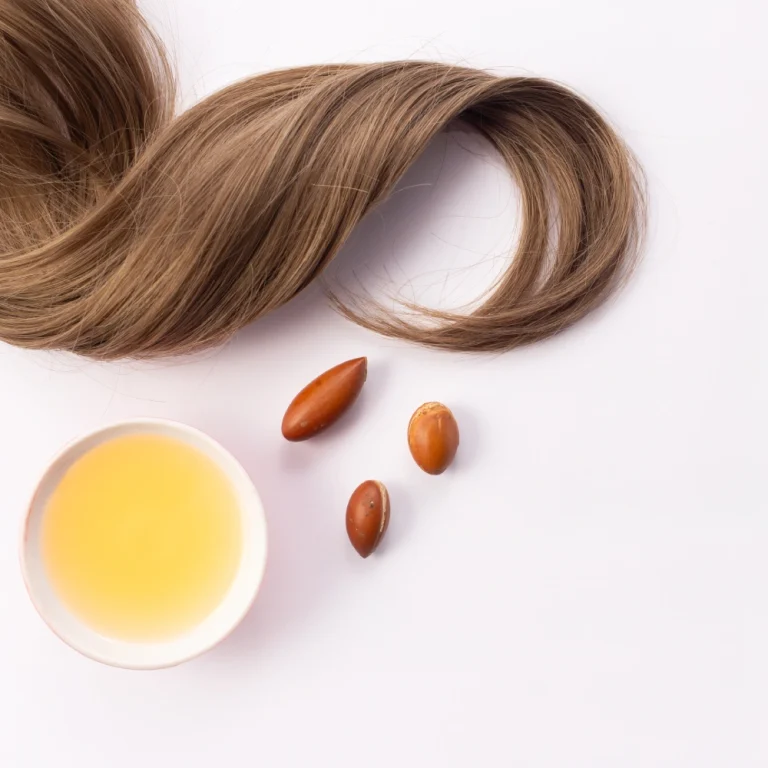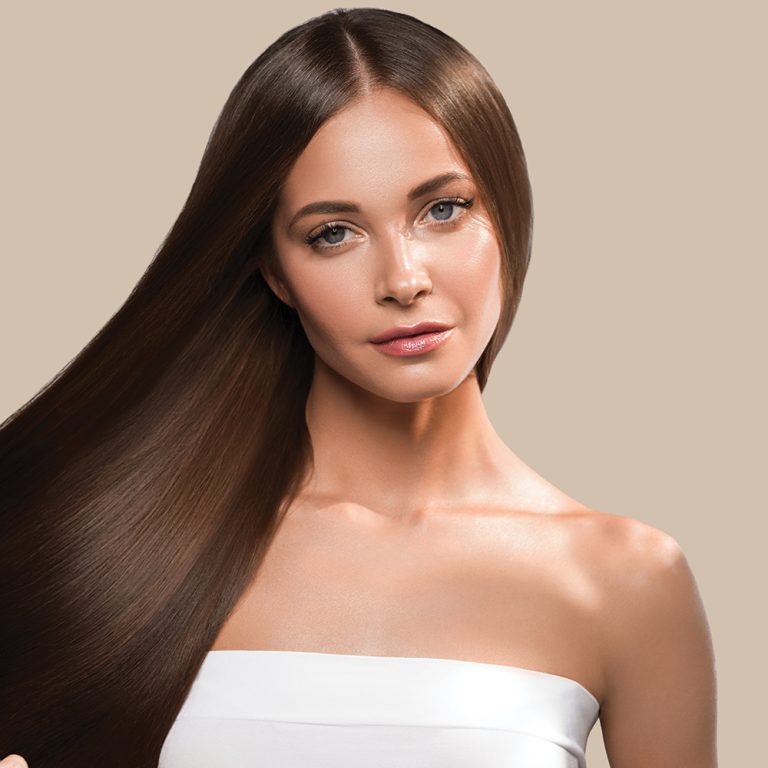Sometimes, bleaching your hair is the only way to achieve the colour and aesthetic you’ve got your heart set on, but it can be damaging.
Fortunately, there are things you can do to help limit the damage of bleaching your hair to keep your locks in the healthiest possible state. Keep reading to learn more.
How to care for bleached hair
To understand the importance of giving bleached hair extra care and attention, it can be helpful to look into how it actually damages each individual strand of hair.
Most people bleach their hair to lighten it from a darker shade such as brunette and achieve something closer to a blonde hue. Whether you’re aiming for a very pure platinum blonde or a darker, dirty blonde, the process is much the same.
On a microscopic level, bleach permeates the outer layer of each hair strand, known as the cuticle. It’s almost like plate armour covering each strand, and the bleach lifts it up so it can reach the vulnerable strand inside and remove the natural colour pigment.
This is how bleach damages the hair – by breaching the strands’ natural defences and thereby leaving the hair vulnerable to external stressors. This can make it rougher, less visually appealing and more brittle afterwards, but you can help to reverse this damage and protect your hair by using the right products and techniques.
Use a gentle shampoo
Bleached hair is already damaged, so shampoos that contain harsh chemicals like parabens will likely do more harm than good and leave your hair looking tired and lacklustre. Instead, opt for a gentler, paraben-free shampoo that aims to soothe and soften your hair even after damage.
To take it one step further, choose a shampoo that is rich in keratin – a protein which is one of the key components of your hair strands. Paraben-free keratin shampoos patch up damage in the outer cuticle of each strand, helping to repair the damage caused by bleaching.
Opt for a nourishing conditioner
In a similar vein, your conditioner should be chosen carefully to nourish and hydrate your hair, helping to restore some of that flexibility that keeps individual strands from breaking easily. Opt for a keratin-rich formula that continues the repairing process started by your shampoo, preferably with argan oil to restore moisture to your hair strands and rehydrate your locks.
Use repairing sprays and oils
Using quality, nourishing in-shower hair products is key to repairing bleached hair, but it’s only one part of the puzzle. You can also extend your hair care routine by looking into other products that don’t need to be rinsed out – which can be crucial, as excessive washing can lead to further breakages in damaged hair.
With that in mind, choose a daily-use repairing oil or spray that helps to minimise breakage and repair your hair strands. By opting for a daily-use oil, you can give your hair consistent nurturing care to help it look and feel its best.
Avoid heat styling
Because of the damage to the outer layer of each hair strand, bleached hair doesn’t retain moisture as well as non-bleached hair. Moisture leaves through the same route the bleach entered, meaning that bleached hair can often feel dry and dehydrated.
This can be exacerbated by excessive heat styling, as heat naturally depletes the moisture in your hair. So, for the best results, you should avoid heat styling altogether. If that’s not possible, then you should:
- Turn down the heat settings on your tools as low as you can
- Avoid using dehydrating alcohol-based styling products
- Try not to use more than one form of heat styling in a single session.
Air dry your hair
As well as avoiding the use of heat to style your hair, it’s best to avoid using it to dry your hair – even if that means you have to wait longer for your hair to dry. A preference for air-drying or gently using a towel to blot moisture from your hair will help it to retain the hydration it needs and avoid unnecessary breakage in the strands.
Protect your hair against sun, salt and chlorine
Finally, it can be helpful to think about a physical barrier between your hair and some of the external stressors which can have a particular impact on vulnerable bleached hair. The easiest ones to protect against are the sun, saltwater and chlorine. You should:
- Wear a sun hat, especially when the sun is at its strongest
- Opt for a sun hat or swimming cap when in the sea
- Use a swimming cap to cover your hair when swimming in a chlorinated pool.
These methods won’t completely prevent damage to your hair – hence the need for repairing and protective hair care regimens. For example, it’s easy to stop your hair being saturated with saltwater at the beach, but coastal areas have a lot of salt in the air which is harder to protect against. But by taking these precautions, you can help to shield your hair from the most damaging effects.
Protecting bleached hair can be done with the right combination of nourishing products and responsible hair care habits. For more recommendations, browse our range for dyed and damaged hair today.
DISCOVER OUR
POPULAR PRODUCTS
Bioxcin | KERATIN & ARGAN
Nourishes, repairs, and strengthens damaged hair strands while providing silky softness.
Bioxcin | KERATIN & ARGAN
Nourishes, repairs, and provides silky softness to damaged hair strands.
Bioxcin | KERATIN & ARGAN
Nourishes and repairs damaged hair strands while making detangling easier.
Bioxcin | KERATIN & ARGAN
Provides deep nourishment, repairs damaged hair, and enhances shine.
Bioxcin | KERATIN & ARGAN
Deeply nourishes and repairs damaged hair strands.
Bioxcin | NOURISHING OILS
Moisturizes dry and damaged hair, providing silky softness.
Bioxcin | NOURISHING OILS
Provides intensive care to dry hair, nourishing it while offering silky softness and easy combing.
Bioxcin | NOURISHING OILS
Nourishes hair and simplifies detangling while infusing it with the natural fragrances of 9 flower oils.
Bioxcin | NOURISHING OILS
Nourishes dry hair with intensive care, providing silky softness and ease of combing.
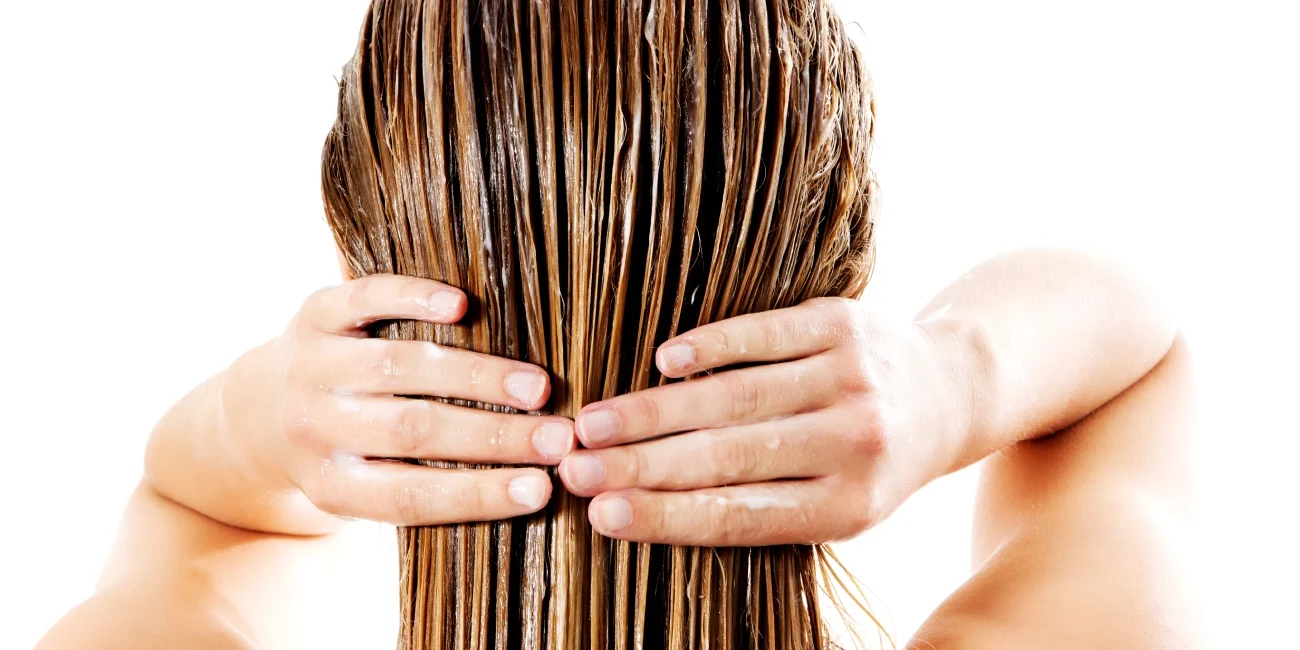
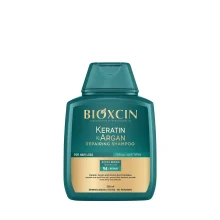
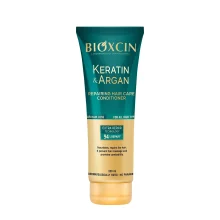
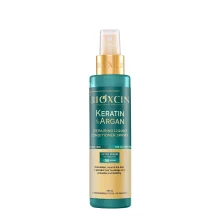
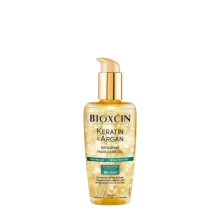
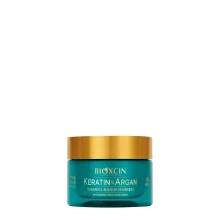
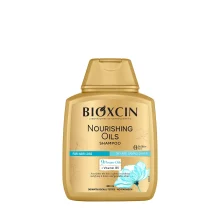
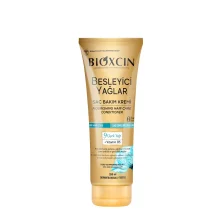
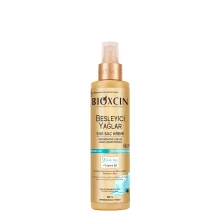
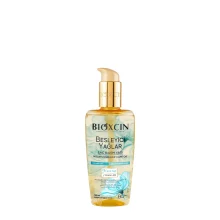
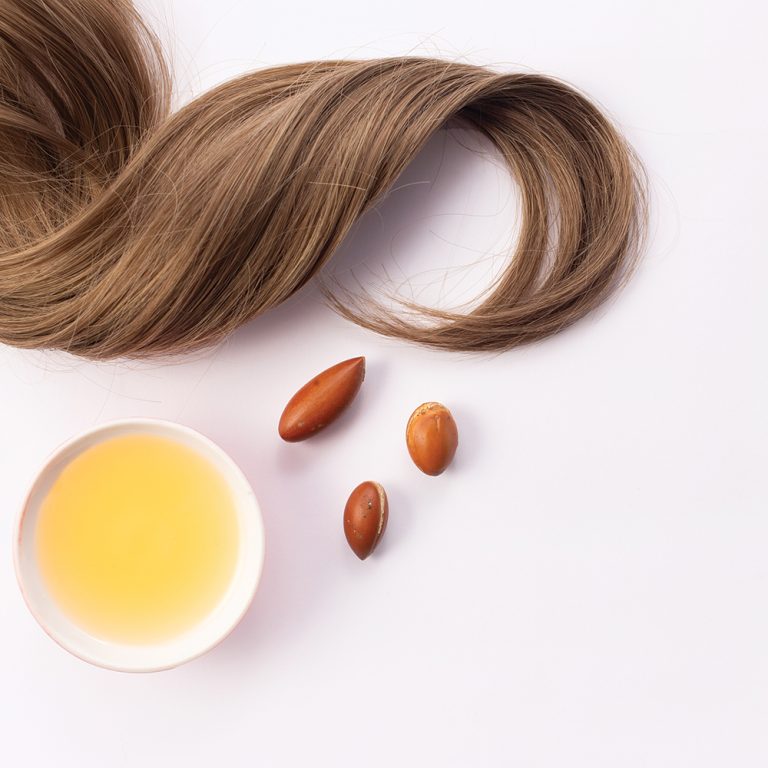
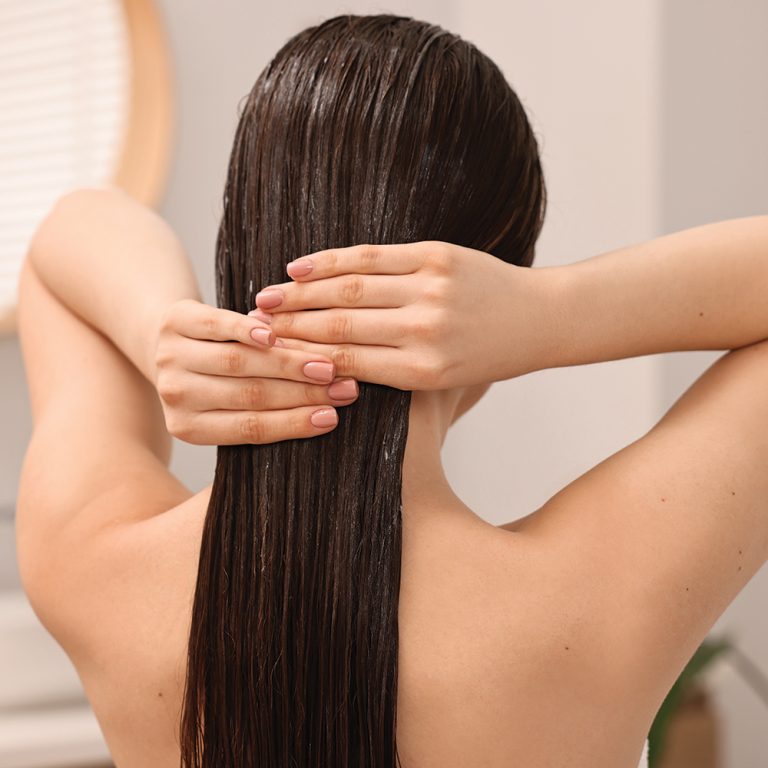
![How-to-manage-damaged-hair[B2] A view of long, auburn hair, comparing healthy, trimmed hair on the left with damaged hair on the right.](https://bioxcin.uk/wp-content/uploads/2025/05/How-to-manage-damaged-hairB2-768x768.jpg)
